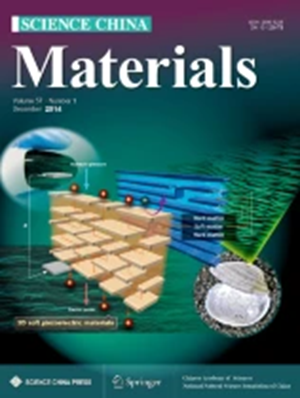High-performance visible-infrared broadband transparent copper mesh conductor and applications for electromagnetic shielding and heating
Abstract
Transparent conductors (TCs) have widespread applications in the fields of modern photodetectors and smart windows. While TCs for visible wavelengths have seen significant advancements, the development of visible-infrared (vis-IR) broadband TCs for infrared is still a daunting challenge due to the trade-off between infrared transparency and conductivity. Here, we present a vis-IR TC fabricated by using a damage-free indirect transfer method. This method involves polymer-mediated bonding of a high-resolution, standalone copper (Cu) mesh onto infrared or visible substrates via a transfer film. The obtained Cu mesh TC exhibits excellent conductivity with a sheet resistance as low as 0.06 Ω/□, as well as 81% transmittance at a visible wavelength of 550 nm and 65% transmittance at an IR wavelength of 10 µm. Furthermore, a specially developed bonding strategy ensures the long-term reliability of the Cu mesh TC in harsh environments. The Cu mesh TC can be applied in both heating and electromagnetic (EM) shielding. As a transparent heater, it reaches approximately 100°C at an applied voltage of 1.2 V within 100 s. For EM shielding, a demonstration using a stainless-steel box with a transparent observation window which is integrated with the Cu mesh shows that while the window allows both optical and IR observations, the 4G signals (8.2 GHz) of a smartphone inside the box are effectively blocked.

 求助内容:
求助内容: 应助结果提醒方式:
应助结果提醒方式:


